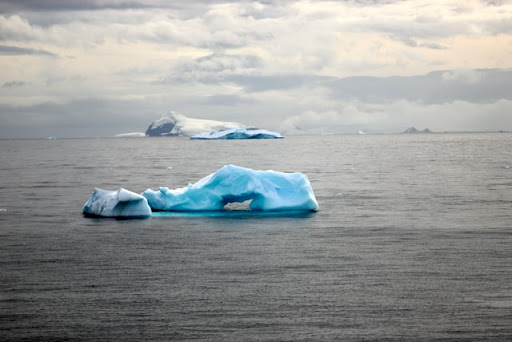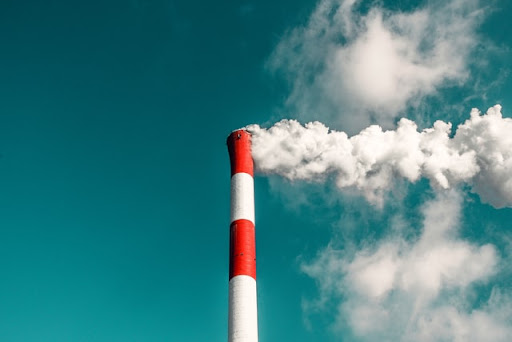According to new findings published in Nature Climate Change, the ozone layer, which absorbs harmful UVB rays from the sun, may be responsible for a significant portion of the warming of ocean waters surrounding Antarctica in the latter half of the 1900’s. Specifically, a rise in ozone levels in the lower atmosphere may be to blame for the increase in temperature. (ScienceDaily)
The findings were part of a study conducted by a team of scientists from around the world and led by the University of California Riverside. Using simulations to estimate changes in ozone levels between the years 1955 and 2000, the team found that a decrease in upper-atmosphere ozone coupled with an increase in lower-atmosphere levels caused 60 percent of all ozone-induced warming during the time period. This is a much higher percentage than scientists previously thought (ScienceDaily).

The Southern Ocean, where the ozone increases were found, is known for absorbing excess heat generated by warming climates. However, according to researchers behind the study, the changes in ozone levels are hindering the region’s ability to soak up this heat, which could prove disastrous for the environment over time (ScienceDaily).
Ozone in the lower atmosphere is a pollutant, as it is one of the major components of harmful smog (ScienceDaily). In regions such as forests where species diversity is integral to the natural ecosystem, unhealthy levels of ozone in the lower atmosphere can jeopardize an ecosystem (EPA, Ecosystem effects of Ozone Pollution). Previously, changes in ozone levels were mainly associated with these negative effects on more northern parts of the world, which is why the new findings are eye-opening to scientists (ScienceDaily).
Previously, ozone came to the forefront of the public eye for a different reason: the hole in the ozone layer of the atmosphere. In the 1970’s, scientists noticed that certain substances were causing ozone depletion in the atmosphere, resulting in a “hole” that formed over Antarctica. Substances such as chlorofluorocarbons (CFCs), hydrochlorofluorocarbons (HCFCs), carbon tetrachloride, and methyl chloroform were all deemed responsible for the ozone depletion, and several countries banned the use of chlorofluorocarbons as aerosol propellants. Global production of ozone-depleting substances continued to rise, however (EPA, Basic Ozone Layer Science).

The depletion in the ozone layer is not a phenomenon specific to the South Pole. Research has demonstrated that ozone depletion is present in all parts of the world, including in the Northern Hemisphere (EPA, Basic Ozone Layer Science).
Written By: Matthew Jenkins
Date: May 3, 2022
Sources:
